-
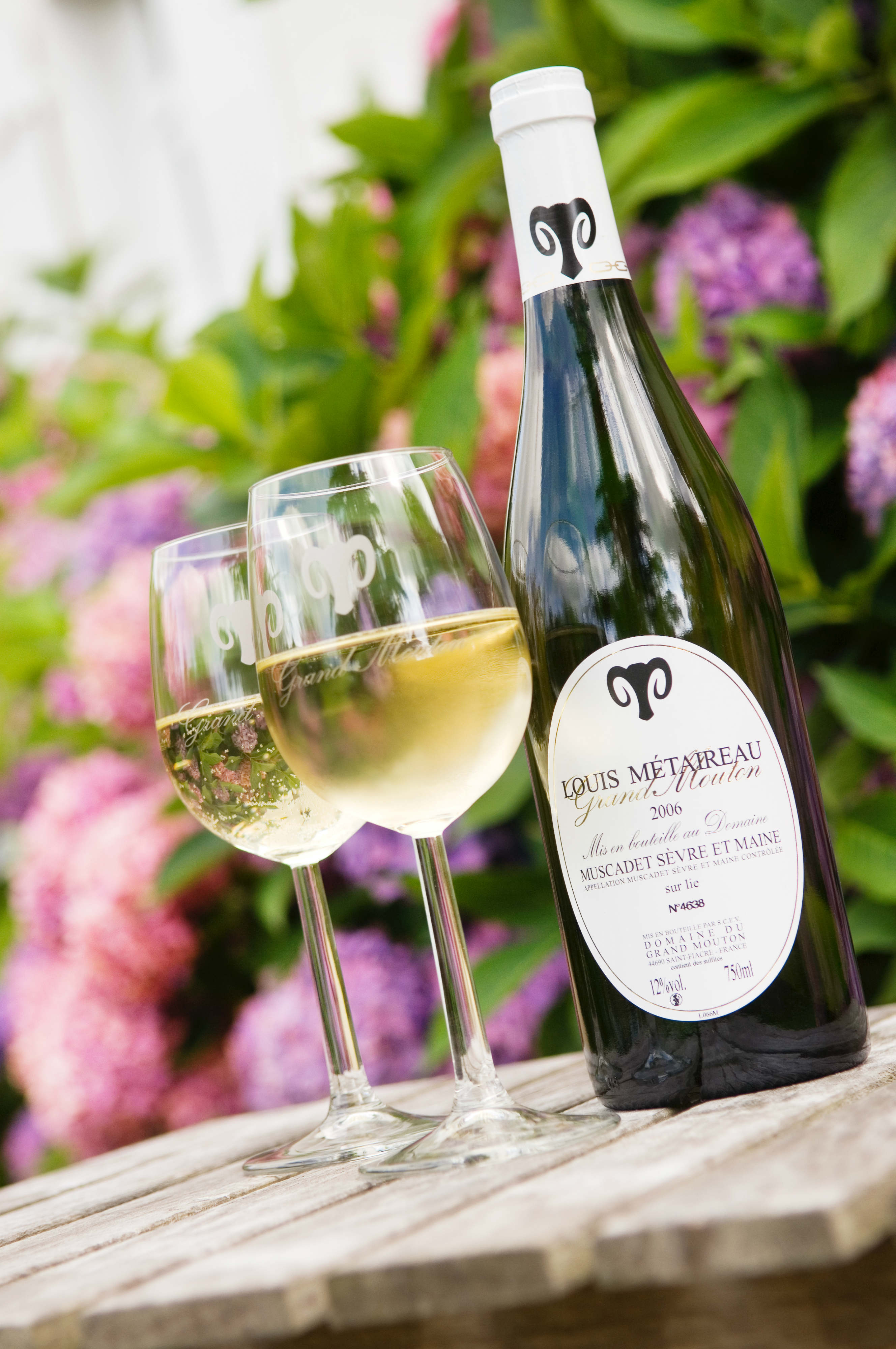
A meal in Brittany must begin with a glass of chilled Muscadet.
-
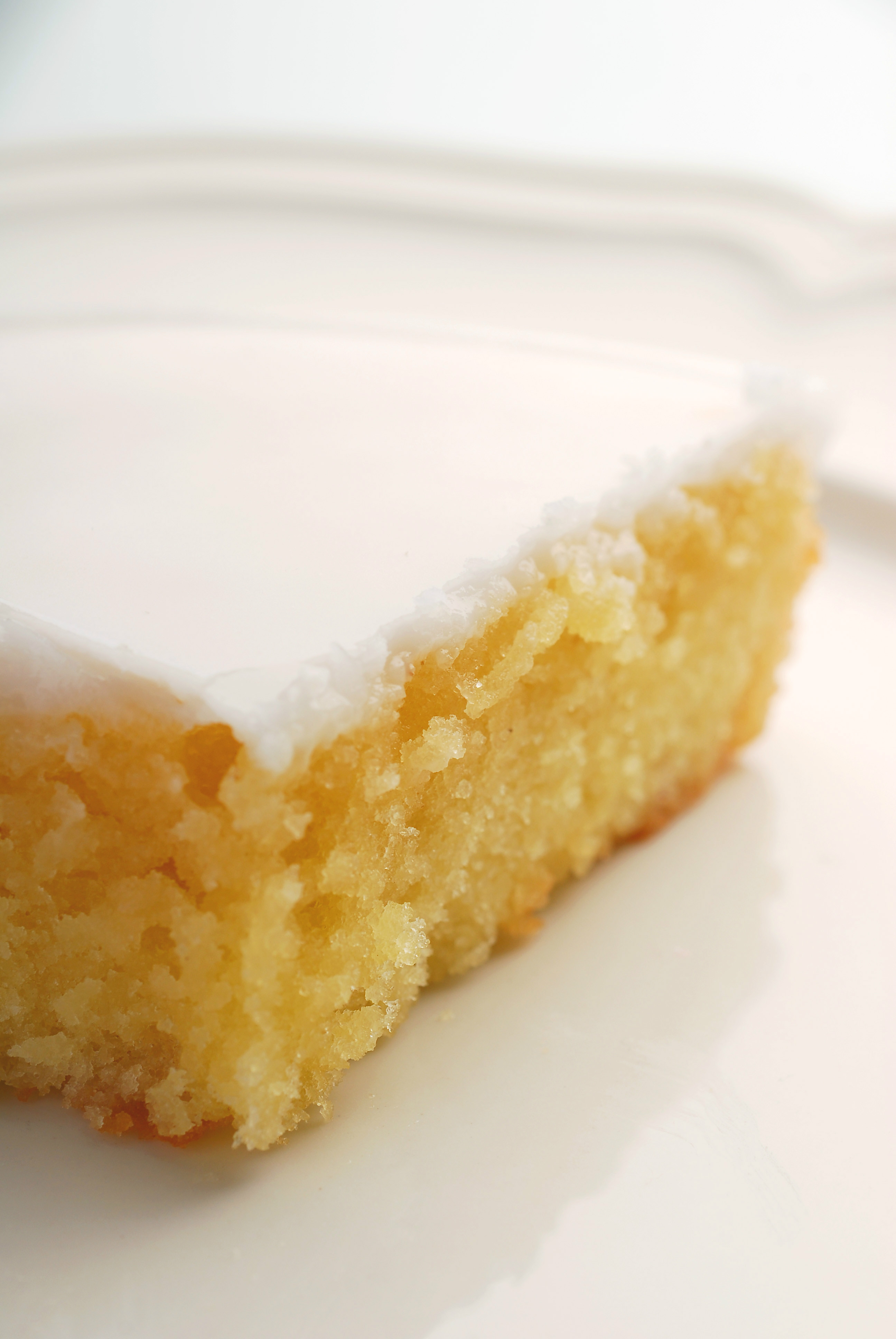
Gâteau nantai (a cake made with sugar, butter, rum, and almonds) for dessert.
-
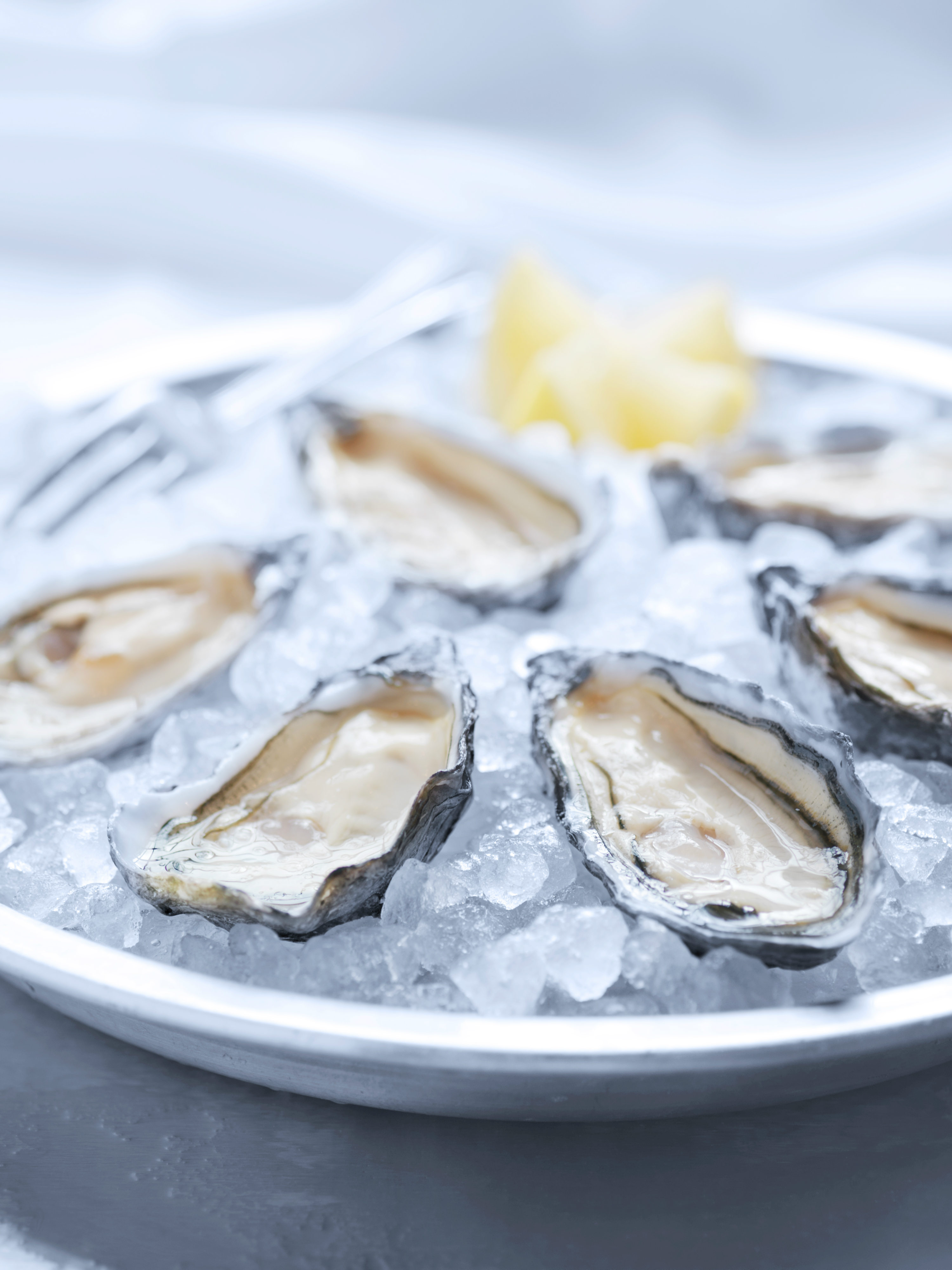
Cancale oysters.
-
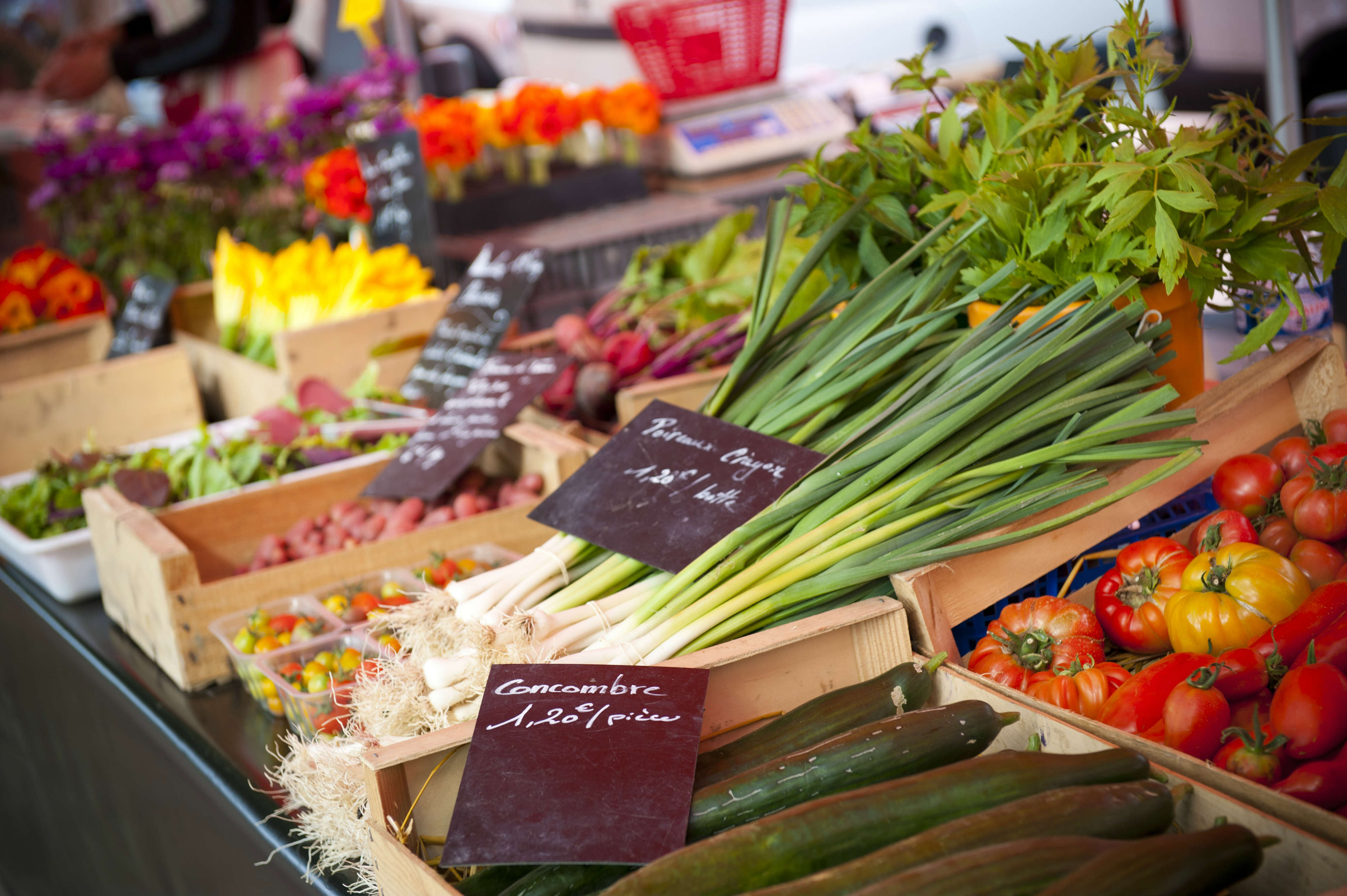
Farmers’ markets overflow with fresh vegetables and herbs.
-
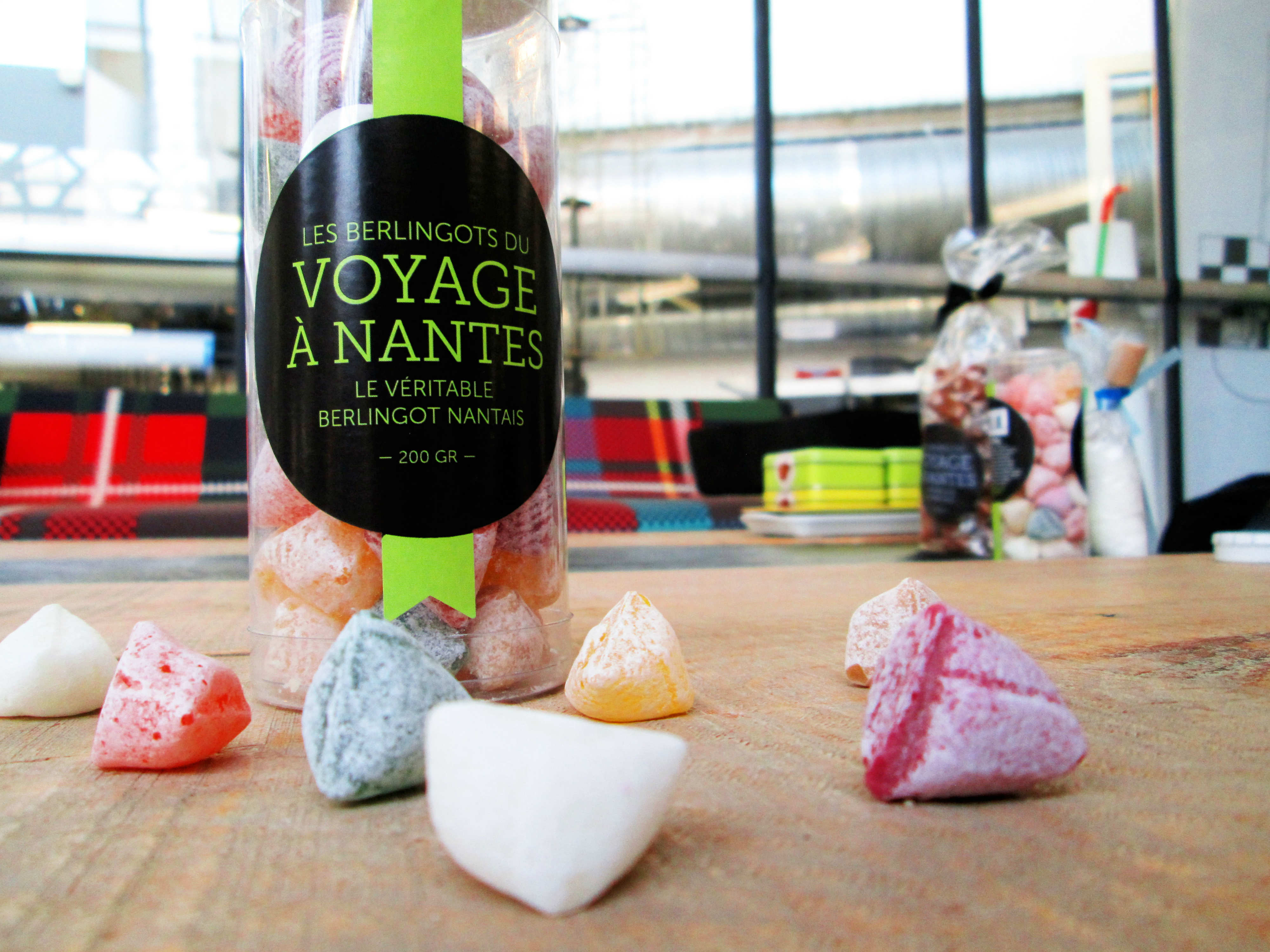
Berlingots nantais (hard candies flavoured with blackcurrant, lemon, strawberry, orange, or anise).
A Food Lover’s Guide to Brittany
How to eat à la Bretagne.
The idyllic seaside region of Brittany, France, offers culinary tourists a veritable bounty, regardless of where their personal tastes may lay. Here, family-owned cafes serve fresh fish to tables overlooking the sea, bakers craft delicately flakey pastries with the local salted butter, and huge farmers’ markets overflow with fresh vegetables and herbs. Many fine restaurants can be singled out in Cancale, Rennes, Nantes, Brest and beyond, but a general primer on the region’s most famous culinary contributions are all one needs to set off on a gourmet adventure; herein, a food lover’s primer on Brittany.
A meal in Brittany must begin with a glass of chilled Muscadet. The historic white wine varietal may have fallen out of favour in the rest of France, but here, appreciation for the local appellation has never waned. The young wine is key in part because it flatters Brittany’s seafood; the Breton lobster, clams, scallops, mussels, Cancale oysters, and a wide variety of fish—such as cod, sardine, mackerel, and sea bass—harvested from the Atlantic Ocean for fresh daily features in Nantes and Rennes restaurants. Consider soupe de poissons (fish soup with Gruyère cheese and croutons), moules marinieres (mussels with white wine, shallots, and thyme), or the eye-catching plateau de fruits de mer (seafood platter) as signature dishes to sample.
Yet when dining à la Bretagne, one can be certain the meat course will not be forgotten: rillettes de porc, a slow-cooked rustic pâté made from pork belly and pork fat and served with a crispy baguette is a happily ubiquitous dish. While in the city of Rennes, indulge in Coucou de Rennes, a historic local breed of chicken that was revived in the late eighties and is now a favoured choice among diners, often served roasted or slow-cooked with vegetables. In Brittany, two favourites from the garden are artichokes and cauliflower, while for the end of meal salad, try mâche (or lamb’s lettuce), a dark leafy green with a distinctly nutty flavour.
To fully experience Breton cuisine, however, one must indulge in a galette bretonne: a crepe made with buckwheat flour and packed with savoury or sweet fillings. Their warm scent permeates the air from restaurant kitchens, luring many to crowd terraces for the traditional combination of ham, egg, and grated Emmental cheese (galette complète). On Saturdays, when Rennes hosts the second largest farmers’ market in France, a galette-saucisse (grilled sausage wrapped in the buckwheat crepe, kind of like a hot dog) is the de rigeur way to satisfy hunger pangs while shopping for fresh vegetables and whole, spit-roast chickens.
Drinks-wise, in addition to Muscadet, Cidre de Bretagne is a popular regional libation, made from a local variety of apples, amber in colour, sparkling on the palate and traditionally served chilled. The cider is mixed with blackcurrant syrup for a Kir Breton—a twist on the popular Kir aperitif, which originated in Burgundy.
Leave room for a sweet finish: a galette with sugar and Breton butter, which, being made with sea salt, is the secret ingredient in many of the region’s dessert, like gâteau nantai (a cake made with sugar, butter, rum, and almonds) or the equally indulgent kouign–amann (a crispy puff pastry layered with sugar and butter). Breton’s salt is even more than the sum of its parts; the seasoning was historically traded for spices, rum, and other ingredients that came to influence the development of Breton cuisine.
Sweet indulgences may also be taken home as edible souvenirs: caramels au beurre salé (salted caramels), delicate madeleines, colourful macarons or berlingots nantais (hard candies flavoured with blackcurrant, lemon, strawberry, orange, or anise) are commonly sold.
But any meal in Brittany would not be complete without cheese. Try Saint-Paulin, a buttery firm cheese, originally made by Trappist monks, or Le Curé Nantais, a soft raw cow’s milk cheese made with Muscadet wine. Dining à la Bretagne is indulgent, distinct from any other region in France. Santé.







